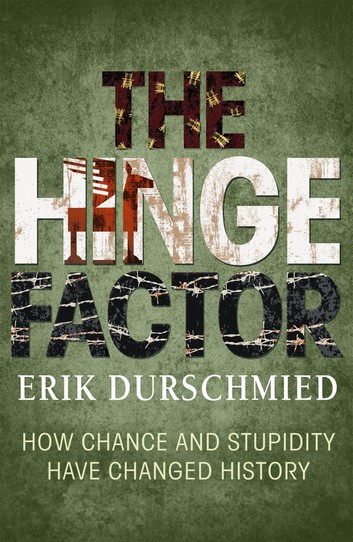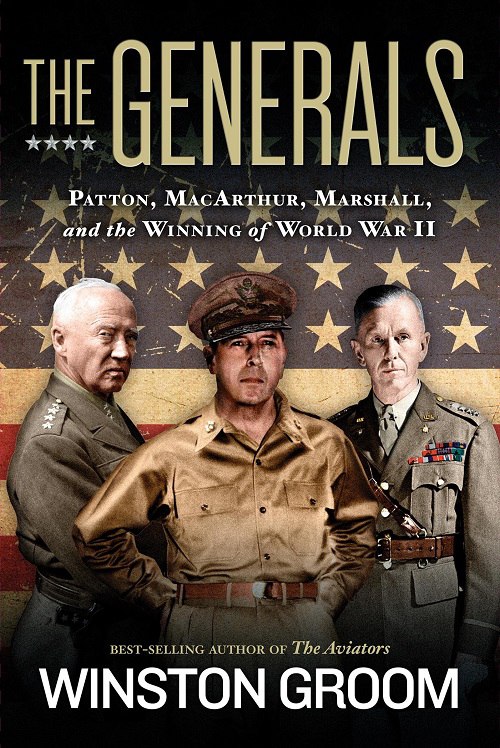The Whole World Was Watching: Sport in the Cold War – Robert Edelman, Christopher Young
1) The Whole World Was Watching: Sport in the Cold War – Robert Edelman, Christopher Young
Stanford University Press | 2019 | PDF
In the Cold War era, the confrontation between capitalism and communism played out not only in military, diplomatic, and political contexts, but also in the realm of culture―and perhaps nowhere more so than the cultural phenomenon of sports, where the symbolic capital of athletic endeavor held up a mirror to the global contest for the sympathies of citizens worldwide. The Whole World Was Watching examines Cold War rivalries through the lens of sporting activities and competitions across Europe, Asia, Africa, Latin America, and the U.S. The essays in this volume consider sport as a vital sphere for understanding the complex geopolitics and cultural politics of the time, not just in terms of commerce and celebrity, but also with respect to shifting notions of race, class, and gender. Including contributions from an international lineup of historians, this volume suggests that the analysis of sport provides a valuable lens for understanding both how individuals experienced the Cold War in their daily lives, and how sports culture in turn influenced politics and diplomatic relations.
2) East Plays West: Sport and the Cold War – Stephen Wagg, David Andrews
Routledge | 2007 | PDF
The Cold War spanned some five decades from the devastation that remained after World War Two until the fall of the Berlin wall, and for much of that time the perception was that only on the Eastern side were politics and sport inextricably linked. However, this assumption underestimates the extent to which sport was an important symbol for both power blocs in their ongoing ideological struggle.
This collection of essays from leading international authorities on sport, culture and ideology brings together an impressive body of work organized around key political themes and outstanding moments in sport, and is at once a political history of sport and an illuminating new perspective on the forces that shaped this unsettled time.
3) Diplomatic Games: Sport, Statecraft, and International Relations since 1945 – Heather L. Dichter, Andrew L. Johns
University Press of Kentucky | 2014 | PDF
International sporting events, including the Olympic Games and the FIFA World Cup, have experienced profound growth in popularity and significance since the mid-twentieth century. Sports often facilitate diplomacy, revealing common interests across borders and uniting groups of people who are otherwise divided by history, ethnicity, or politics. In many countries, popular athletes have become diplomatic envoys. Sport is an arena in which international conflict and compromise find expression, yet the impact of sports on foreign relations has not been widely studied by scholars.
In Diplomatic Games, a team of international scholars examines how the nexus of sport and foreign relations has driven political and cultural change since 1945, demonstrating how governments have used athletic competition to maintain and strengthen alliances, promote policies, and increase national prestige. The contributors investigate topics such as China’s use of sports to oppose Western imperialism, the ways in which sports helped bring an end to apartheid in South Africa, and the impact of the United States’ 1980 Olympic boycott on U.S.-Soviet relations. Bringing together innovative scholarship from around the globe, this groundbreaking collection makes a compelling case for the use of sport as a lens through which to view international relations.
4) Beyond Boycotts: Sport During the Cold War in Europe – Philippe Vonnard, Nicola Sbetti, Grégory Quin
De Gruyter Oldenbourg | 2019 | PDF
Sport during Cold War has recently begun to be studied in more depth. Some scholars have edited a book about the US and Soviet sport diplomacy and show ow the government of these two countries have used sport during this period, notably as a tool of “soft power” during the Olympic games. Our goal is to continue in this direction and to focus more on the sport field as a place of exchanges during the Cold War. Regarding this point, our aim is to show that there were events “beyond boycotts”many and that unknown connections existed inside sport. Morevoer, many actors were involved in these exchanges. Thus, it is important not only to focus on the action of States, but also on private actors (international sporting bodies and journalists), considering that they acted around sport (an “apolitic” field) as it was tool to maintain links between the two blocs. Our project offers a good opportunity for young scholars to present original research based on new materials (notably the use of institutional or personals archives). Morevoer, it is also a step forward with a view to conduct research within a global history paradigm, one that is still underused in sport academic fields.
5) Serious Fun: A History of Spectator Sports in the USSR – Robert Edelman
Oxford University Press | 1993 | PDF
“The Big Red Machine,” an assemblyline of sober, unsmiling Olympic champions–this was the image that dominated Western thinking about Soviet sports. But for Soviet citizens the experience of watching sports in the USSR was always very different. Soviet spectators paid comparatively little attention to most Olympic sports. They flocked instead to the games they really wanted to watch, rooted for teams and heroes of their own choosing, and carried on with a rowdiness typical of sportsfans everywhere. The Communist state sought to use sports and other forms of mass culture to instill values of discipline, order, health, and culture. The fans, however, just wanted to have fun. Official Soviet ideology was never able to control or comprehend the regressed and pleasure-seeking component not only of spectator sport but of all popular culture. In Serious Fun, Robert Edelman provides the first history of any aspect of Soviet sports, covering the most popular spectator attractions from 1917 up to the end of the Soviet Union in 1991. Edelman has used the highly candid sports press, memoirs, instruction books, team yearbooks, and press guides and supplmented them with Soviet television broadcasts and interviews with players, coaches, team officials, television bureaucrats, journalists, and fans to detail how spectator sport withstood the power of the state and became a sphere of life that allowed citizens to resist, deflect, and even modify the actions of the authorities. Focusing on the most popular sports of soccer, hockey, and basketball, Edelman discusses the dominant teams and the biggest stars: the international competitive successes as well as the many failures. He covers a variety of topics familiar to Western sports fans including professionalism, fan violence, corruption, political meddling, the sports press, television, and the effect of big money on competition. More than just a sports book, Serious Fun takes us deep into the social fabric of Soviet life. Edelman shows how the Big Red machine so visible in international competition was much like the giant steel mills and dams of which the Soviets boasted. These were the achievements of a state that put production above all else, but spectator sport was part of a long-suffering consumer sector that the industrial giant would never satisfy. This volume will bring a broader, richer understanding of Soviet life not only to students of popular culture and Russian history but to sports fans everywhere.


